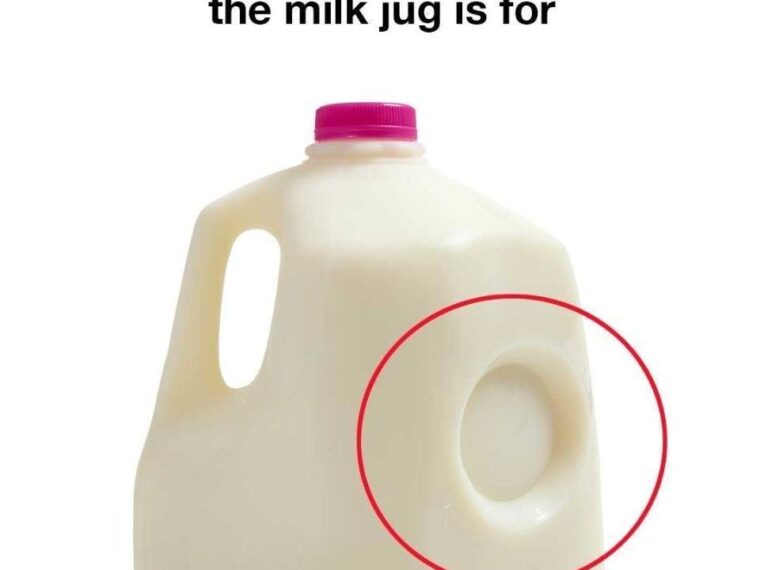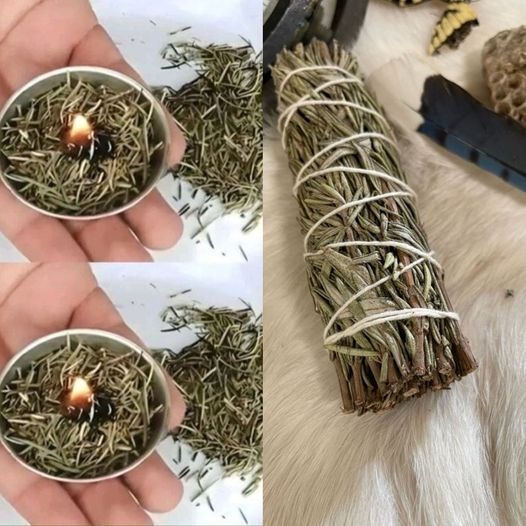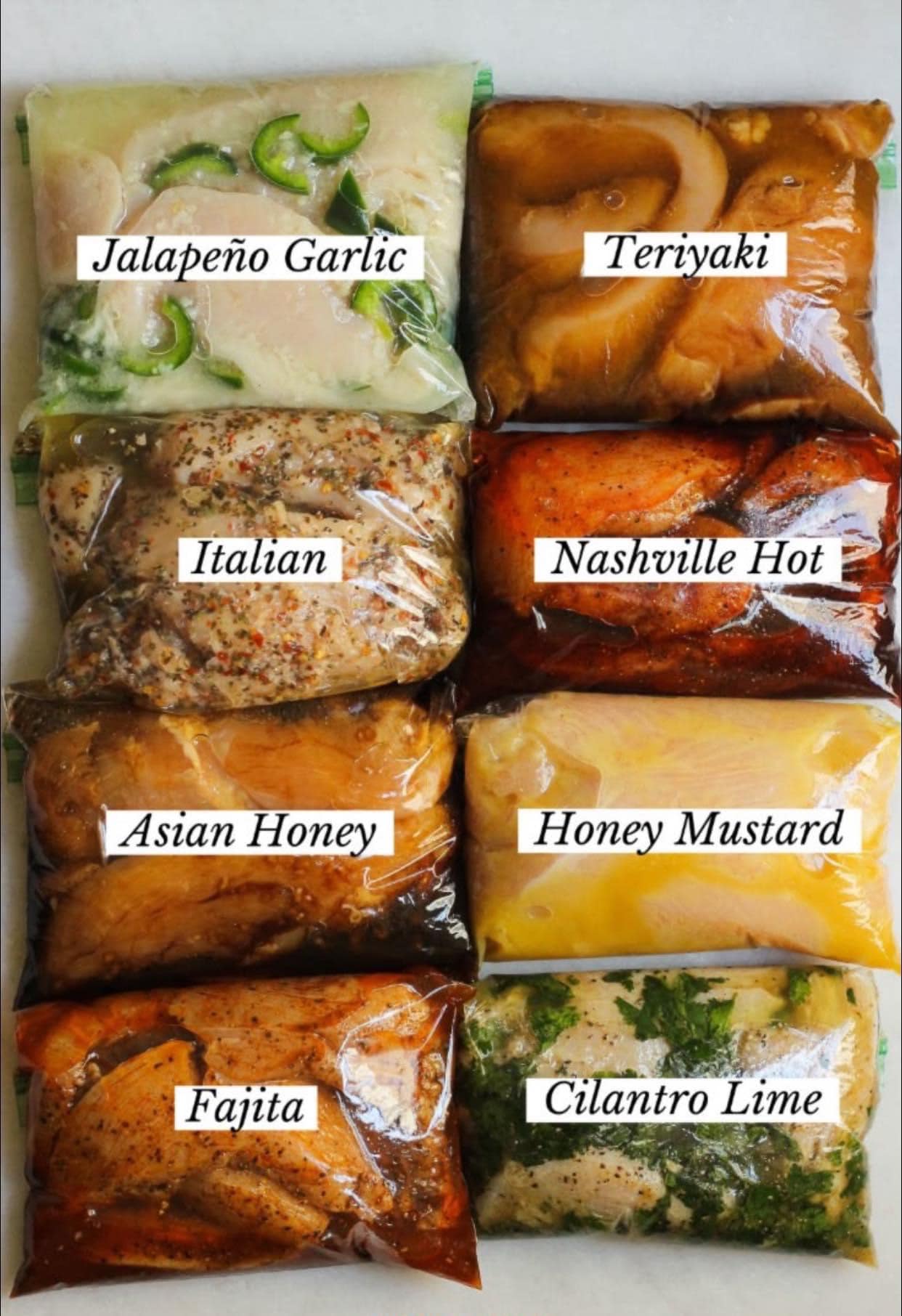Have you ever noticed that little circular dent on the side of your milk jug? Most of us see it every time we pour milk into our coffee or cereal, yet few people ever stop to wonder what it’s actually for. It’s one of those everyday design details that we take for granted — small, subtle, and seemingly insignificant.
But here’s the fascinating truth: that dent is not a random quirk of manufacturing. In fact, it’s a clever piece of engineering that plays a vital role in the functionality, safety, and longevity of the jug. Once you learn what it does, you’ll never look at a gallon of milk the same way again.
🧠 The Purpose of the Circular Dent: More Than Meets the Eye
That circular indentation isn’t there for decoration or brand design — it’s a pressure control feature built into nearly all plastic milk jugs.
🔹 1. Acts as a Pressure Release Mechanism
Milk is a perishable liquid that expands and contracts depending on temperature changes. When milk is chilled in a refrigerator or transported in cold trucks, it slightly contracts. Once it’s brought to room temperature, it expands again.
Without the dent, this pressure buildup could cause the jug to bulge, warp, or even burst — especially when sealed tightly. The indentation gives the plastic space to flex outward or inward as needed, maintaining the jug’s shape and integrity under changing conditions.
🔹 2. Prevents Structural Collapse
The dent also contributes to the strength and durability of the jug. Think of it like a shock absorber. It allows the container to handle the internal pressure caused by the liquid while preventing the jug’s walls from buckling.
In engineering terms, this small indentation improves load distribution — it makes the jug less likely to deform when stacked, squeezed, or dropped during transport.
So the next time you pick up a jug of milk and notice that satisfying “give” when you press the dent, remember—it’s not flimsy. It’s flexible on purpose.
🏺 A Look Back: The Evolution of Milk Jug Design
Before plastic jugs became the norm, milk came in glass bottles, often delivered daily to doorsteps. While charming and eco-friendly, glass bottles had one big downside: they broke easily. They were also heavy, expensive to transport, and difficult to store in bulk.
As the dairy industry grew in the 1950s and 1960s, manufacturers began experimenting with plastic packaging—specifically, high-density polyethylene (HDPE). It was lightweight, shatterproof, and affordable.
But early versions of plastic jugs had problems:
- They expanded and contracted too easily, leading to leaks.
- They buckled under stacking pressure in trucks and warehouses.
- They sometimes split open when milk expanded during temperature fluctuations.
That’s when engineers introduced the circular dent—a simple, cost-effective solution that addressed all of those issues.
By allowing the jug to flex with temperature and pressure changes, the dent became a critical structural innovation. What started as a small tweak evolved into a standard feature used in nearly every milk jug manufactured today.
🧩 The Science Behind the Design
Let’s break down the physics a bit (without getting too technical).
Plastic jugs are blow-molded, meaning they’re formed by inflating melted plastic into a mold. During this process, designers intentionally include that circular recess to manage internal stress distribution.
Here’s what the dent actually does:
- Absorbs Expansion – As milk expands, the dent pushes outward to relieve pressure.
- Contracts Under Vacuum – When the temperature drops, the dent pulls inward, preventing the sides from collapsing.
- Increases Rigidity – The curved shape of the dent acts like a dome, strengthening the jug and preventing bulges.
In simple terms, the dent lets the jug breathe without breaking.
🌡️ Real-World Example: Why the Dent Pops In or Out
Ever noticed how the dent on your milk jug sometimes looks pushed in when it’s cold and popped out when it’s warmer? That’s the pressure control system in action!
Here’s why:
- When milk is chilled, the liquid and air inside contract. This creates a slight vacuum, pulling the dent inward.
- When milk warms up, the contents expand, pushing the dent outward to relieve internal pressure.
It’s the same principle as a soda bottle expanding when left in the sun—except the milk jug is designed to handle it safely without exploding or leaking.
🚚 The Hidden Role in Transportation and Storage
Modern milk jugs are stacked, shipped, and stored by the millions every day. The dent isn’t just about pressure—it’s also about space efficiency and durability.
During long-haul transportation:
- Temperature fluctuations between cold trucks and warm warehouses cause constant expansion and contraction.
- The dent helps prevent cracking, leaking, or rupturing.
- It allows manufacturers to use thinner, lighter plastic, reducing production costs and environmental impact without sacrificing strength.
In other words, that tiny circular feature helps the entire dairy industry save millions of dollars annually while reducing waste.
♻️ Environmental Benefits
Next page





